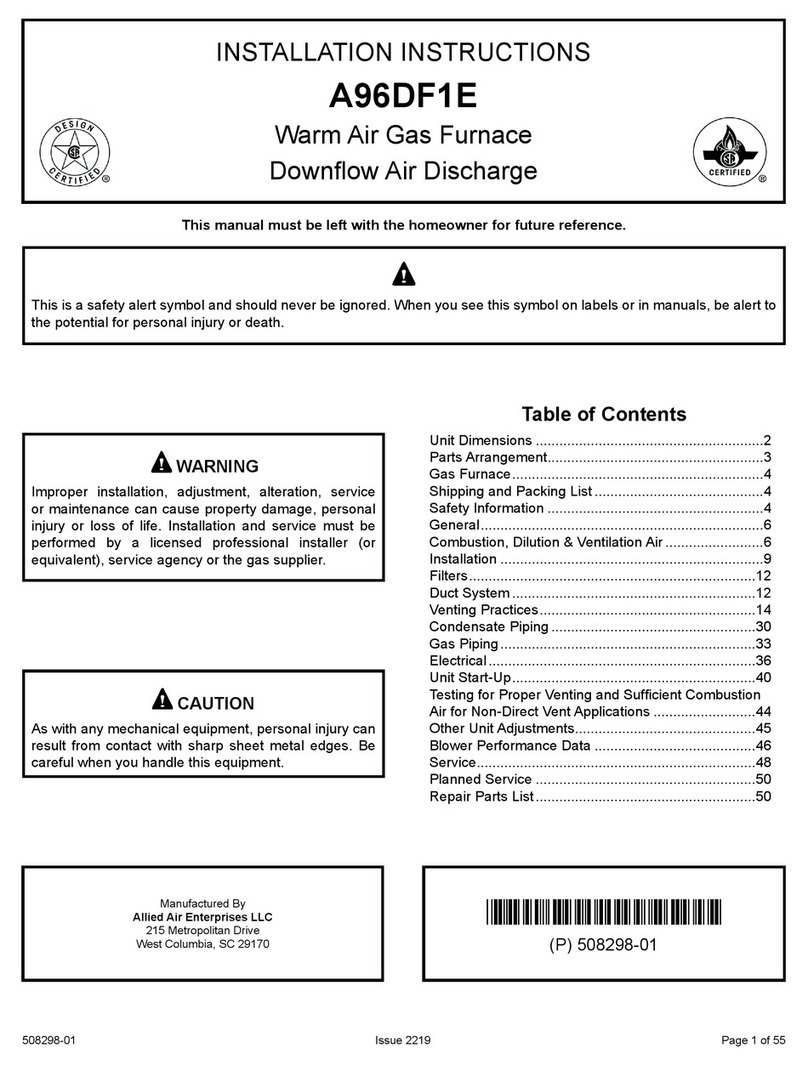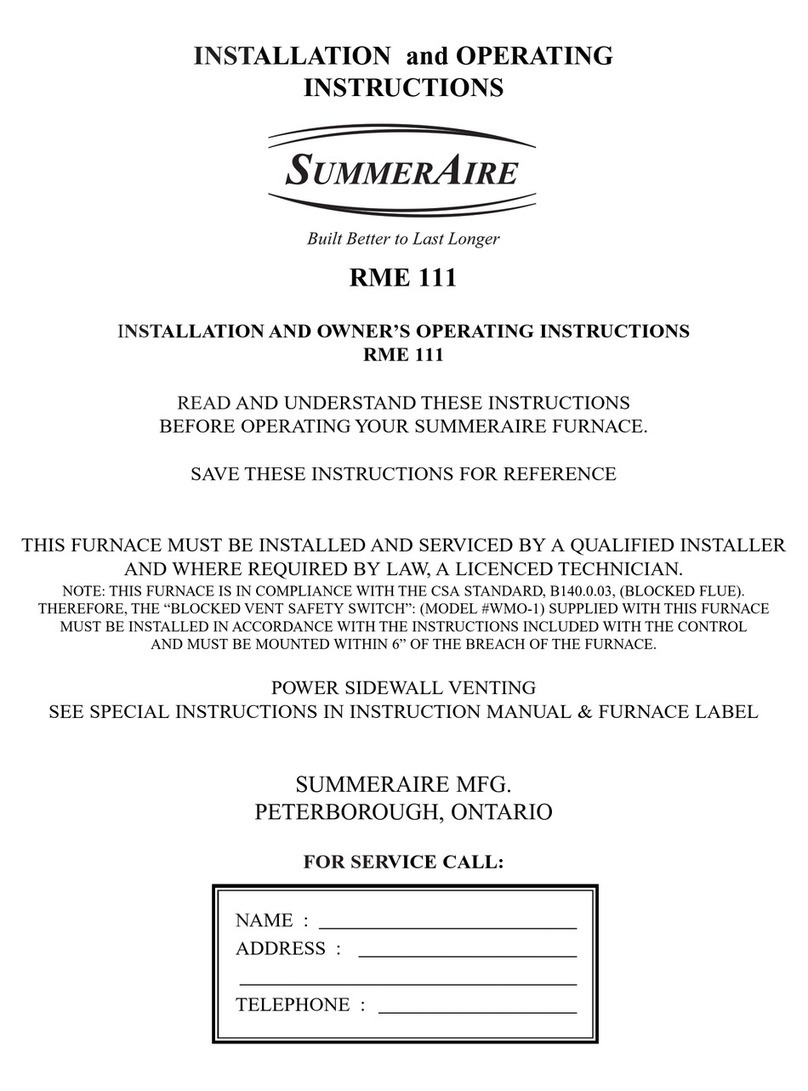
3
Gather the required tools and parts before starting
installation. Read and follow the instructions provided with
any tools listed here.
TOOLS AND PARTS
Tools Needed
¼” nut driver
Level
Screwdriver
Tape Measure
Sealant
UL listed wire nuts
Parts Needed
Check local codes, check existing electrical supply, and read
“Ductwork Requirements,” and “Electrical Requirements,”
before purchasing parts.
NOTE: When the unit is installed in a very humid space and
used in cooling applications, excessive sweating may occur on
outside of unit. To prevent excessive sweating wrap unit with
1” fiberglass insulation. All openings should be sealed to
prevent air leakage that could cause condensate to form inside
the cabinet.
If installed in an unconditioned space, sealant should be
applied around the electrical wires, refrigerant tubing,
and condensate lines where they enter the cabinet.
Electrical wires should be sealed on the inside where
they exit the conduit opening. Sealant is required to
prevent air leakage and from condensate from forming
inside the blower, control box, and on the electrical
controls.
The blower section and its complementing coil must be
installed in such a way as to allow free access to the
blower/control compartment.
The blower section and its complementing coil must be
installed with a ¾” drop in the horizontal position towards
the drain pan to ensure proper condensate drainage.
The blower section and coil should also be tilted ½” from
back to front toward the drain line.
LOCATION REQUIREMENTS
IMPORTANT
The Clean Air Act of 1990 bans the intentional venting of
refrigerant (CFC’s and HFC’s) as of July 1, 1992.
Approved methods of reclaiming must be followed.
Fines and/or incarceration may be levied for non-
compliance.
Unpacking
The blower section is completely factory assembled, and all
components are performance tested. Each unit consists of a
blower assembly and controls, in an insulated galvanized steel
factory finished enclosure. Knockouts are provided for
electrical wiring entrance.
1. Check the unit rating plate to confirm specifications are
as ordered.
2. Upon receipt of equipment, thoroughly inspect it for
possible shipping damage. Closely examine the unit
inside the carton if the carton is damaged.
3. If damage is found, it should be noted on the carrier’s
freight bill. Damage claims should be filed with carrier
immediately. Claims of shortages should be filed with the
seller within 5 days.
NOTE: If any damages are discovered and reported to the
carrier, do not install the unit because your claim may be
denied.
Location
The blower section should be centered in its locations and
may be installed in a closet, alcove, utility room, base-
ment, crawl space or attic. Minimum clearances must be
met.
If the unit is installed in an unconditioned space such as
an attic or crawl space, you must ensure that the area
provides sufficient air circulation to prevent moisture
collections on the cabinet during high dew point condi-
tions.
Ductwork
Install the conditioned air plenum, ducts and air filters
(not provided) in accordance with NFPA 90B Standard for
the installation of Warm Air Heating and Air-Conditioning
Systems (latest edition).
Air filters must be listed as Class 2 furnace air filters.
Supply and return ductwork must be adequately sized
to meet the system’s air requirements and static
pressure capabilities. Ductwork should be insulated
with a minimum of 1” thick insulation with a vapor
barrier in conditioned areas or 2” minimum in uncondi-
tioned areas.
If installing the blower section without an evaporator
coil, the supply plenum should be the same size as the
flanged opening provided around the blower outlet and
should extend ideally at least 3 ft. from the blower
section before turning or branching off plenum into duct
runs. The plenum forms an extension of the blower
housing and minimizes air expansion losses from the
blower.
INSTALLATION INSTRUCTIONS












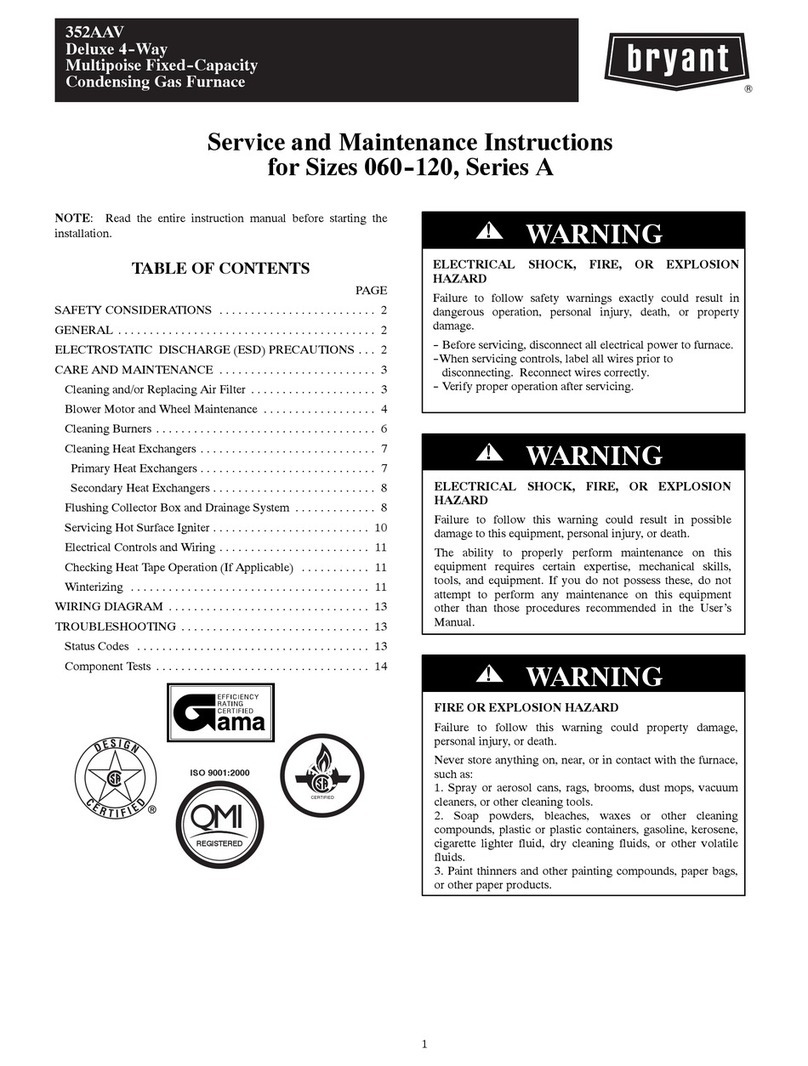
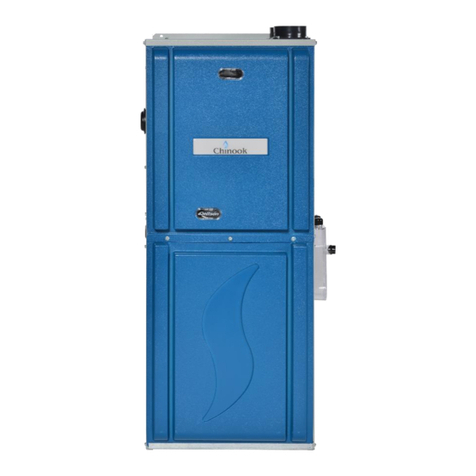
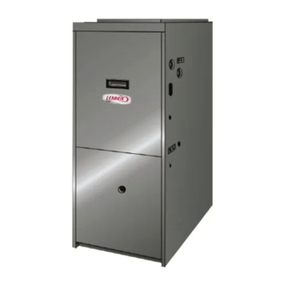


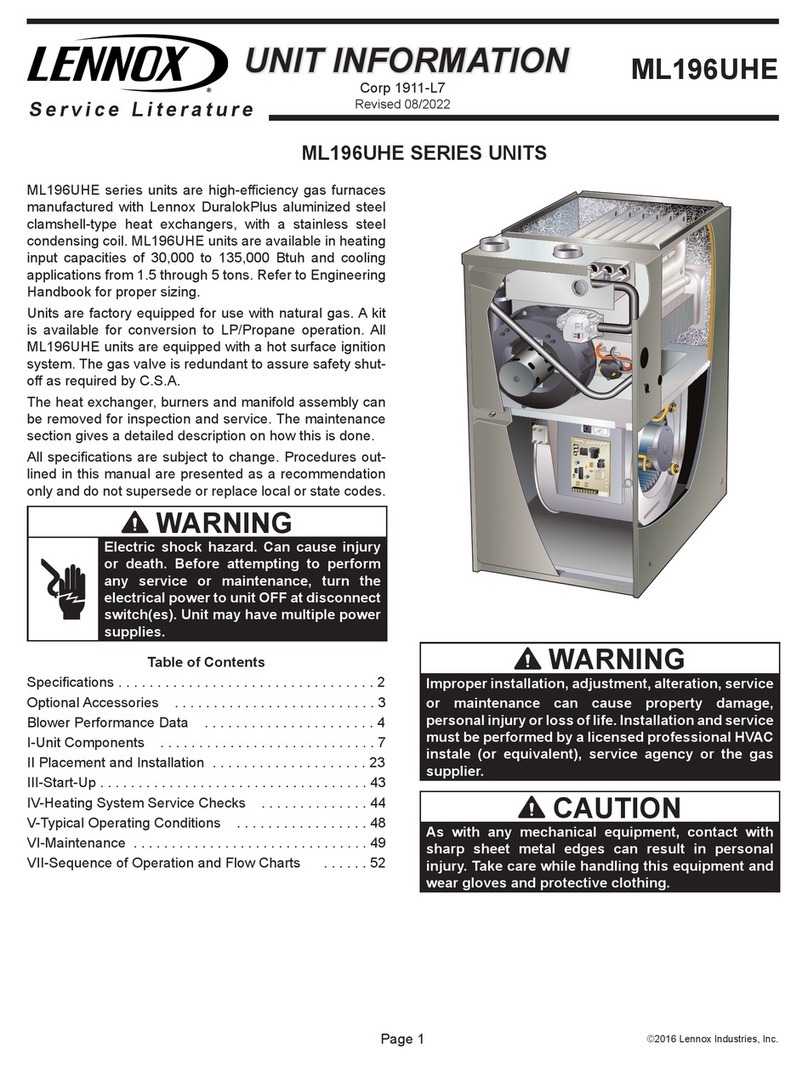

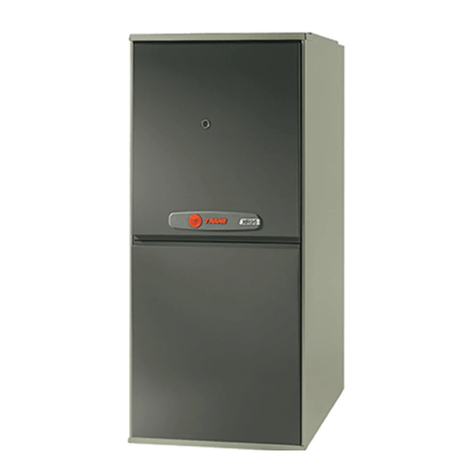
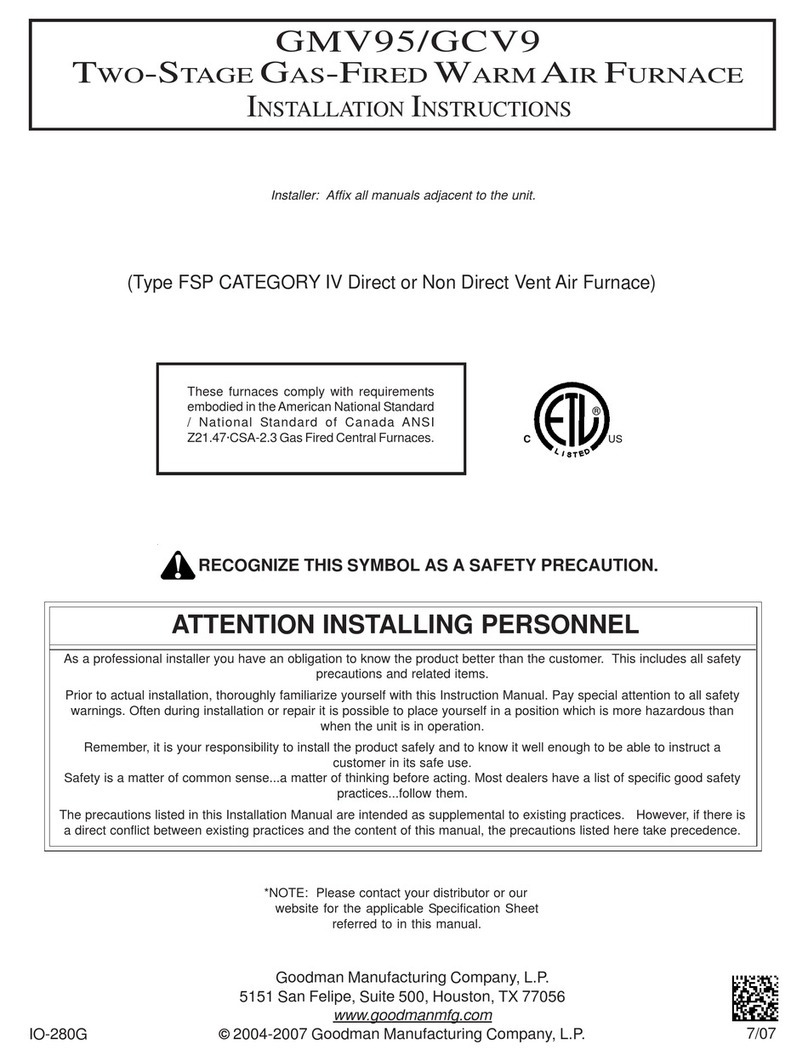
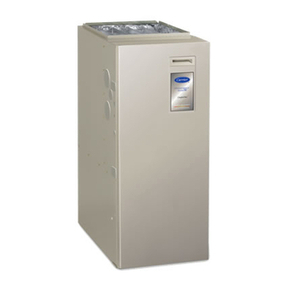
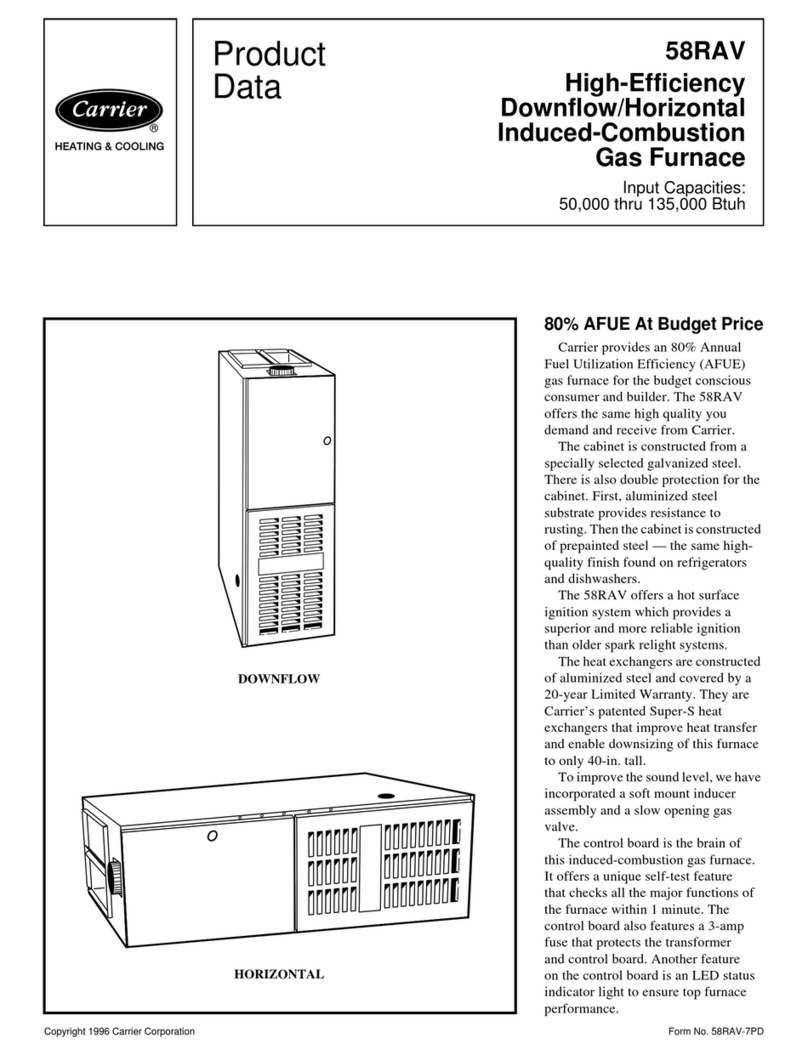
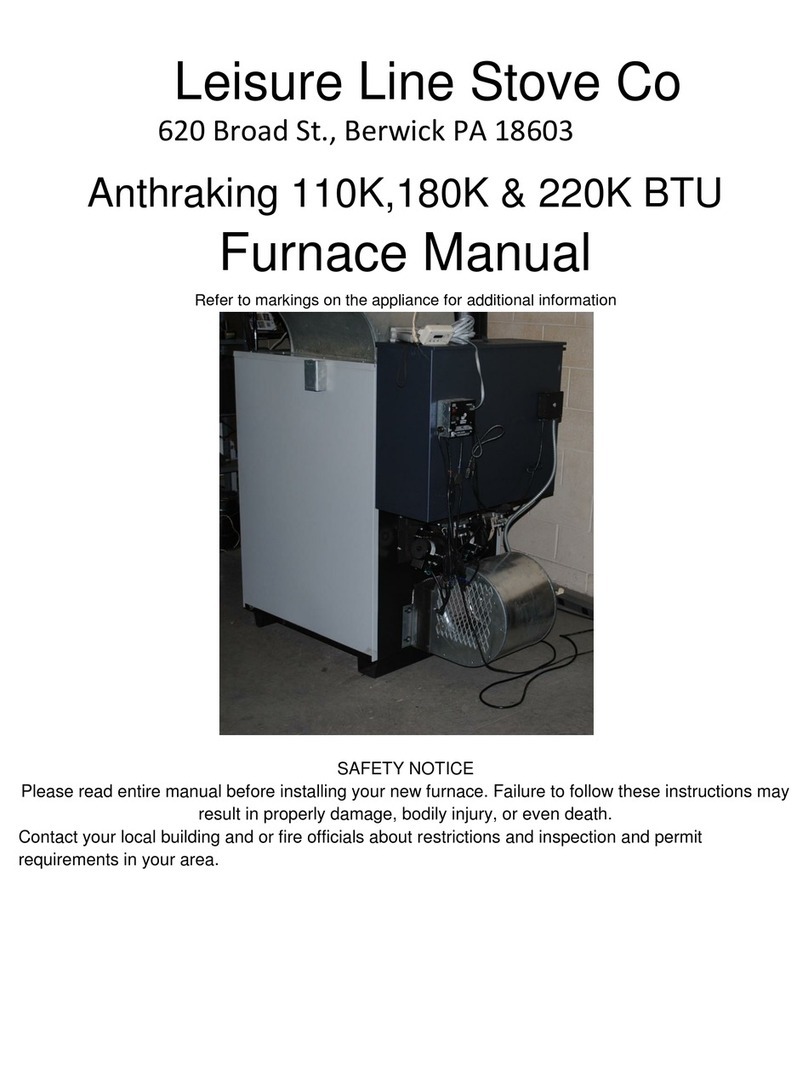
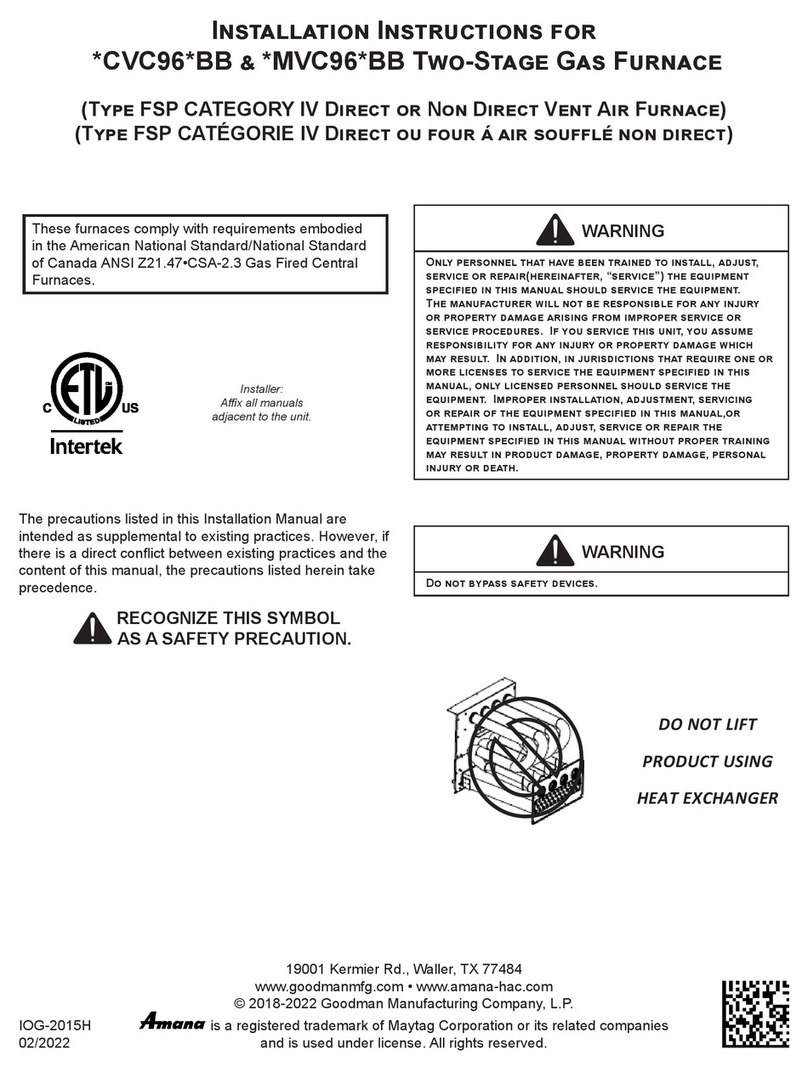
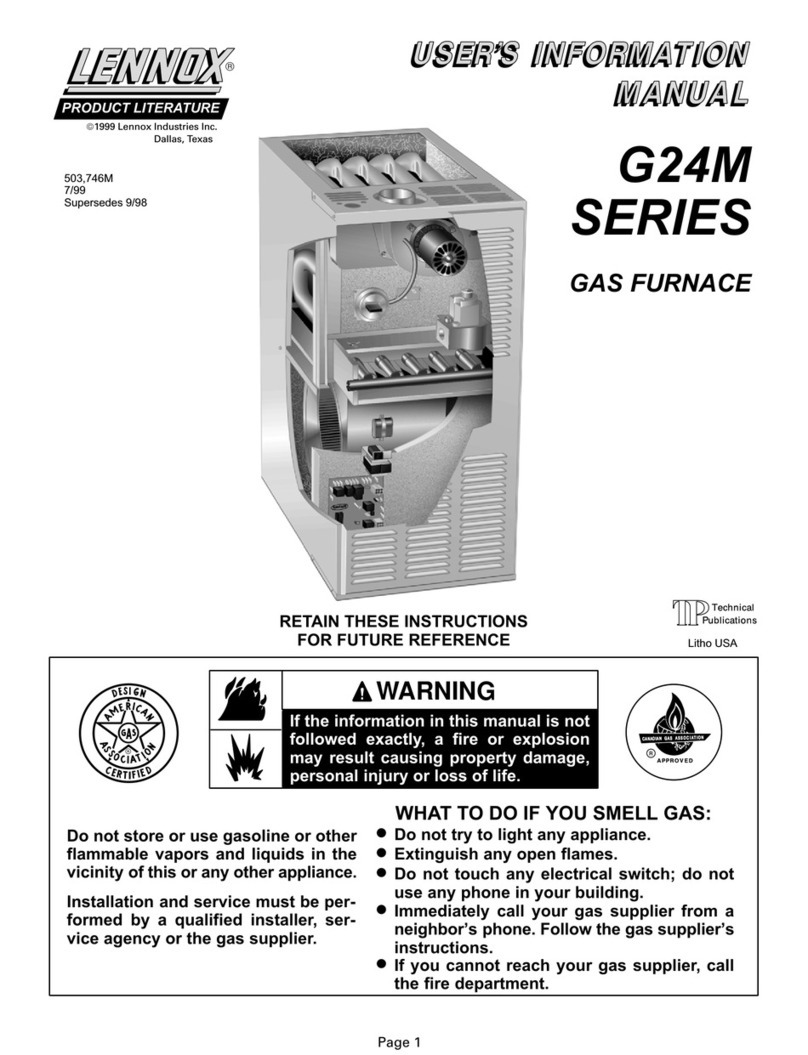
![Roberts Gorden UHD[X][S][R] 150 Installation & operation Roberts Gorden UHD[X][S][R] 150 Installation & operation](/data/manuals/2k/4/2k4sh/sources/roberts-gorden-uhd-x-s-r-150-manual.jpg)
